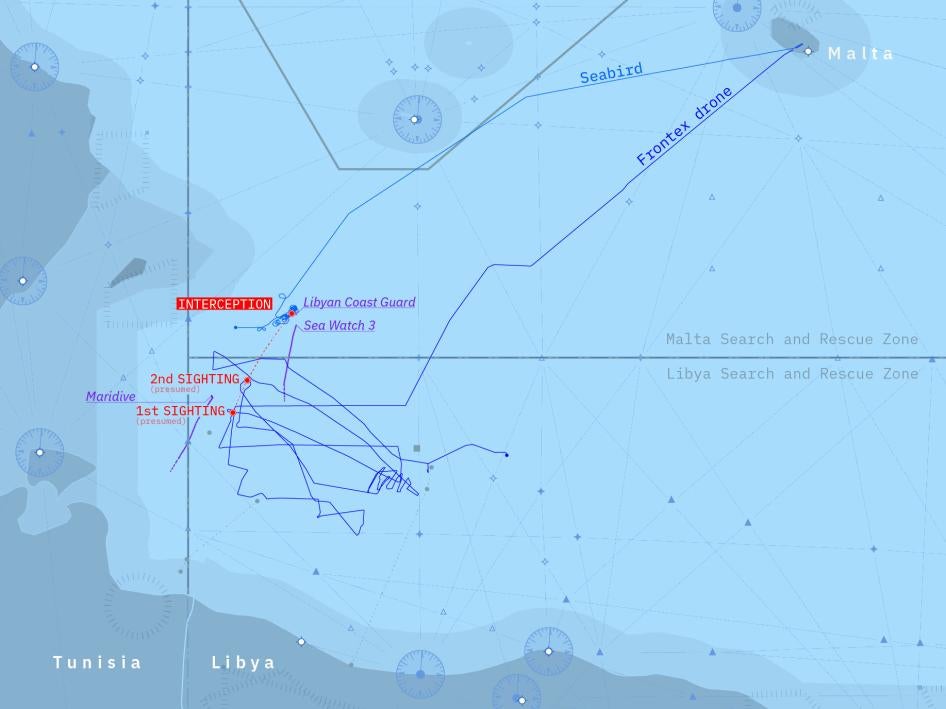HONEY HAVE YOU SEEN THE CHOW CHOW
Hungry North Koreans bristle as elites feast on expensive dog meat
2022.07.21
 A file photo shows a North Korean soldier holding a badminton racket on the banks of the Yalu River near the North Korean town of Sinuiju, opposite the Chinese border city of Dandong.
A file photo shows a North Korean soldier holding a badminton racket on the banks of the Yalu River near the North Korean town of Sinuiju, opposite the Chinese border city of Dandong.While citizens in North Korea are nearly starving in the face of food price hikes and shortages, the country’s elite are feasting on one of the country’s most expensive delicacies: dog meat.
Meat of any kind is a rarity in the North Korean diet these days, and dog meat costs twice as much as pork. A single bowl of dog meat stew, called dangogi-jang, can cost the same as two kilograms of rice.
After a ban on imports at the beginning of the coronavirus pandemic in January 2020, and with harvests failing to yield enough food for the country’s needs, food shortages are widespread, a resident of Chongjin, in the northeastern province of North Hamgyong, told RFA’s Korean Service on condition of anonymity for security reasons.
“Prices for food such as rice, corn and flour keep rising. Residents are frustrated as they suffer, … but high-ranking government officials and the wealthy class, for whom money is not an object, are busy looking for dog meat restaurants and taking care of themselves,” the source said.
Dog meat is not common in the typical diet of either North or South Korea, but it is considered by some to be a summer delicacy with purported virility-enhancing and medicinal properties.
This summer, while the bellies of average citizens in the country of 25 million people rumble, the most popular dog meat restaurants in Chongjin and elsewhere are still bustling with powerful military and ruling party clientele.
“Since last summer, the Kyongsong Dangogi Restaurant has been operating out of a two-story traditional Korean building in Chongjin’s Pohang Square. As the hot days of summer begin, it is buzzing with people who have come for their fill of dog meat,” the source said.
“Kyongsong is the second largest dog meat restaurant in the country next to the Pyongyang Dangogi Restaurant on Tongil Street in Pyongyang. I believe [former leader] Kim Jong Il gave the restaurant its name. He was treated to dog meat stew every time he came to North Hamgyong province, and stayed at a hotel within the Kyongsong restaurant that has a scenic view,” he said.
The source was aware that outside of Korea, dog meat consumption is rare.
“In foreign countries, people don’t eat dog meat, but in our country, dangogi-jang is known for its invigorating effect on the body in summer. There’s even a saying that if you were to spill some of the soup on your foot, it would be like medicine to heal the body,” he said.
“Ordinary residents cannot even dare to eat a bowl of dangogi-jang, no matter how good it is for the body,” the source said. “It is the cheapest dish among the various other dog meat dishes like steak or braised ribs. The stew costs 12,000 won [U.S. $1.70] for a single bowl, about the price of two kilos [4.4 lbs] of rice.”
Besides Kyongsong, there are several other restaurants in Chongjin that serve dog meat dishes, according to the source.
“People in power, such as party officials, prosecutors, social security agents and state security agents do not like to stand out and be seen in public, so they prefer to go to privately run restaurants to eat dog meat rather than public ones,” he said.
A source in the northwestern province of North Pyongan said he believed dangogi-jang helped to heal his sick mother.
“Everyone knows that dog meat is good for your health in the summer. But most residents cannot afford to eat even a single bowl each year,” the second source said.
“There are several restaurants serving dog meat in Uiju county. On July 16, the first of the three hottest days of summer, for the first time in five years, I visited a dog meat restaurant with my mother, who was suffering from a fever and was terribly weak,” he said.
The second source said that there were many elites at the restaurant, including officials of the ruling Korean Workers’ party, agents of the Ministry of State Security and law enforcement officials.
“It took a long time for my mother to eat her bowl of stew because her teeth are weak. So when other customers finished their meal and new customers replaced them, I recognized the faces of several well known Uiju county officials,” said the second source.
“Ordinary residents are angry now because food prices are too high and there is no way to make money,” the source added. “I felt a sense of disappointment when I saw so many people in power who lined up to eat expensive dog meat … without a care about worrying how they would be able to earn a living.”
Dog meat is available at restaurants in both North and South Korea, but the dog meat trade is of questionable legality in the South. A South Korean court ruled in 2018 that killing dogs for their meat was illegal, but the law did not specifically ban selling or eating the meat.
Translated by Claire Shinyoung O. Lee. Written in English by Eugene Whong.



 invariably, no. In fact, even the Ukrainians themselves are not in a position to trust their own intelligence services.
invariably, no. In fact, even the Ukrainians themselves are not in a position to trust their own intelligence services. years later, these files constituted “a valuable source for blackmail and exploitation of Ukraine’s remaining intelligence officers and their informants”, the authors noted.
years later, these files constituted “a valuable source for blackmail and exploitation of Ukraine’s remaining intelligence officers and their informants”, the authors noted. report by the Royal United Services Institute (RUSI)
report by the Royal United Services Institute (RUSI) 






